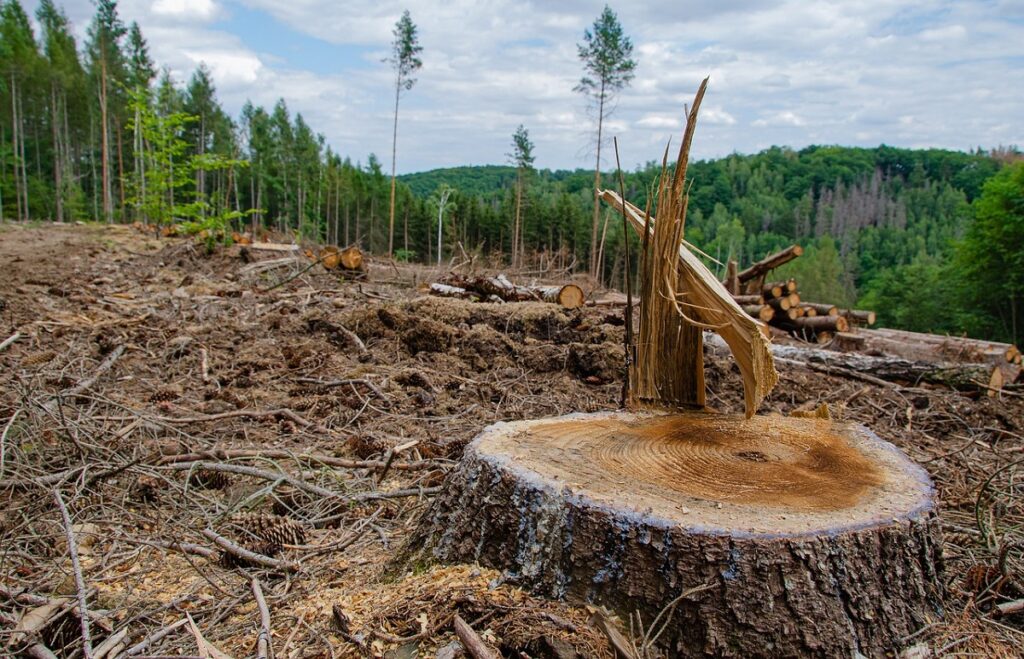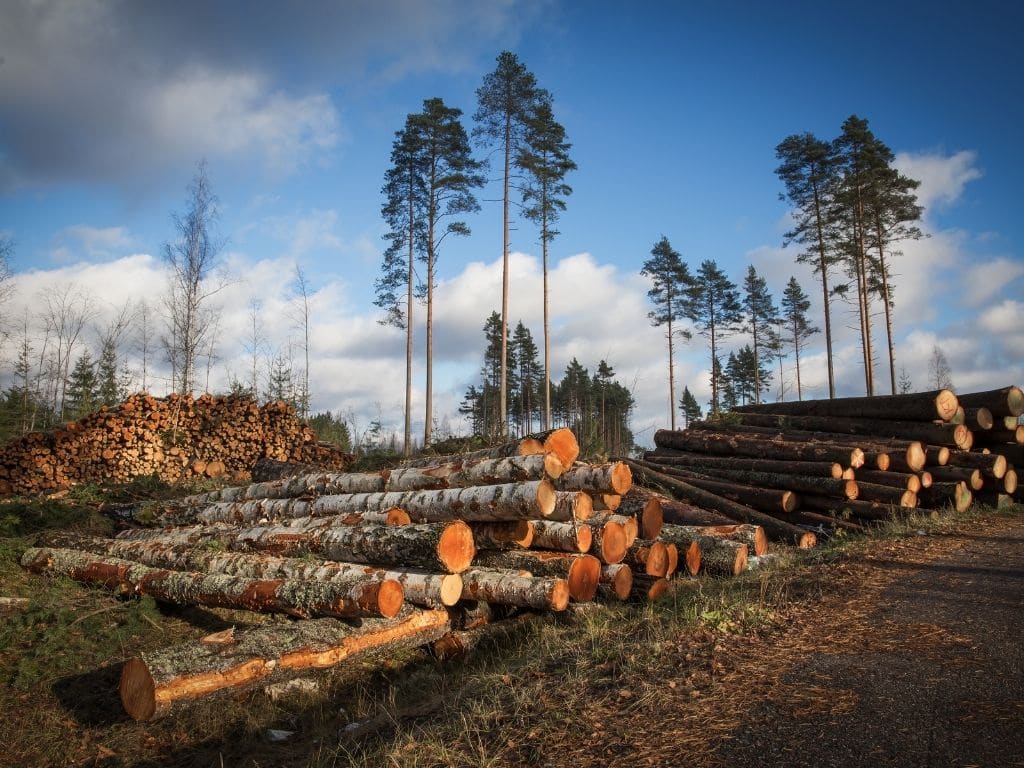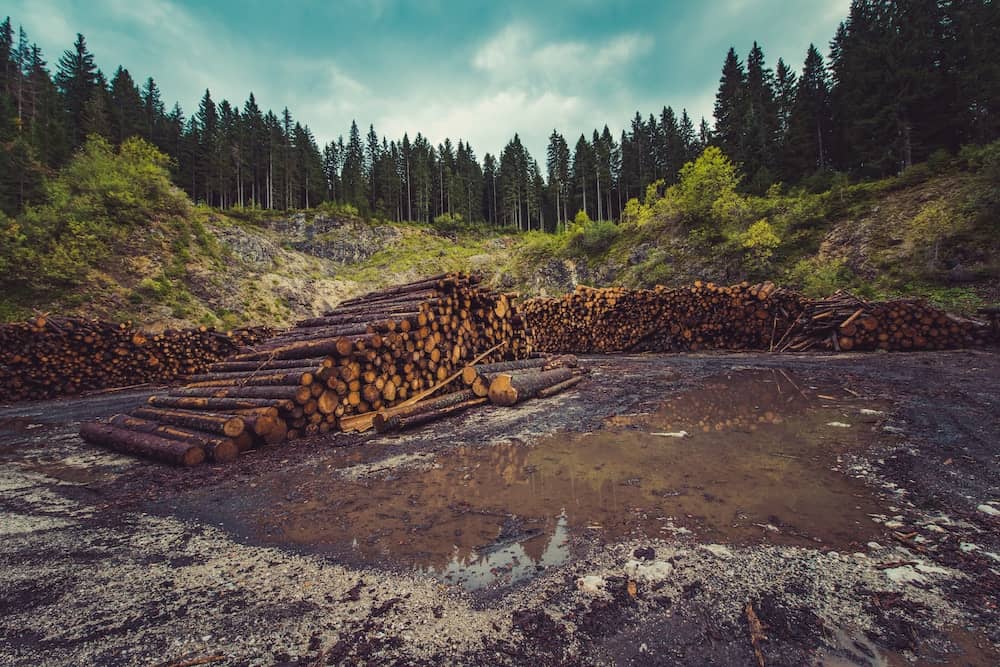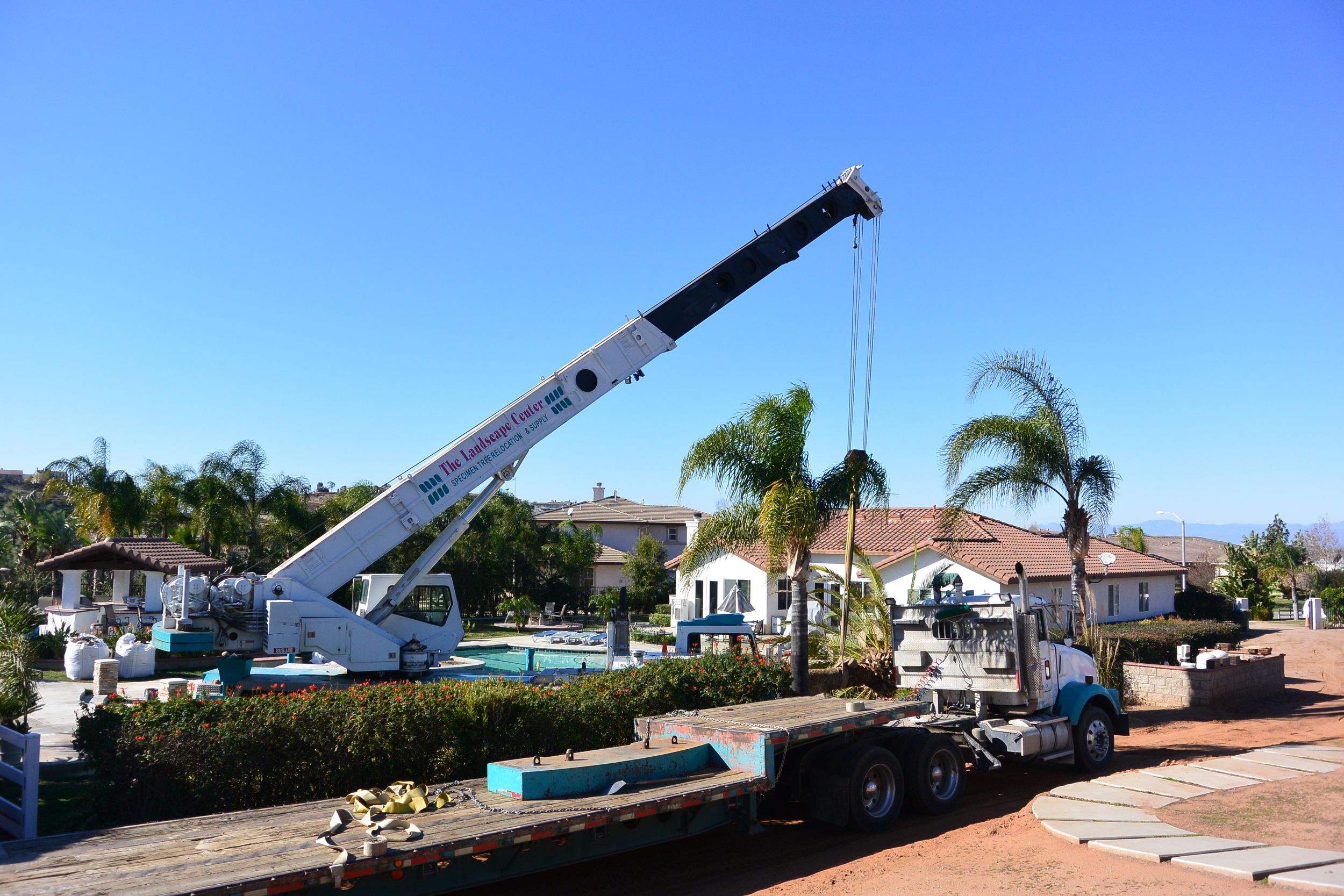Blue Mountains Tree Removal: Protecting Your Property and Environment
Trees play a crucial role in the environment, providing us with oxygen, shade, and a sense of tranquility. However, there are instances when tree removal becomes necessary to protect both your property and the surrounding environment. In the Blue Mountains area, tree removal is a task that should only be carried out by professionals who understand the importance of proper techniques and regulations.
Understanding the Importance of Tree Removal
Trees are an integral part of our ecosystem, providing us with numerous benefits. They absorb carbon dioxide, release oxygen, and help reduce air pollution. Additionally, trees provide habitat and food for various wildlife, enhancing biodiversity in the area. However, there are situations when tree removal is essential to maintain a safe and balanced environment.
When it comes to tree removal blue mountains, a systematic approach is essential to ensure safe and efficient execution. Professionals follow a step-by-step process to assess the situation, remove the tree, and minimize the environmental impact.
Tree removal is a process that requires careful consideration and expertise. It is crucial to assess the condition of the tree, the surrounding environment, and potential risks before deciding to remove it. Professional arborists play a key role in this process, as they have the knowledge and tools to safely and efficiently remove trees while minimizing impact on the ecosystem.
The Role of Trees in the Environment
Trees play a vital role in maintaining ecological balance. They help in preventing soil erosion by holding the soil together with their extensive root systems. Trees also act as natural filters, purifying the air by absorbing harmful pollutants and releasing clean oxygen. Moreover, they provide shade, reduce noise pollution, and contribute to the overall aesthetics of an area.
Furthermore, trees have a significant impact on the climate. They help regulate temperature by providing cooling effects through transpiration and shading. Urban areas benefit greatly from trees as they help mitigate the heat island effect, where cities experience higher temperatures due to human activities and lack of green spaces. Learn more about transpiration at https://passel2.unl.edu/view/lesson/c242ac4fbaaf/3

When Tree Removal Becomes Necessary
Despite the benefits they provide, there are circumstances when tree removal becomes necessary. Dead or diseased trees pose a threat to both property and human safety. Such trees are more likely to fall during storms or strong winds, potentially causing severe damage. Invasive species can also jeopardize the health of the ecosystem, overpowering and displacing native plants.
In addition to safety concerns, tree removal may be necessary for land development projects or to make way for new infrastructure. While the decision to remove a tree is not taken lightly, it is sometimes essential for progress and growth in urban and rural areas alike. Proper planning and consideration of alternatives are crucial when it comes to tree removal to ensure the long-term health and sustainability of our environment.
The Process of Tree Removal in Blue Mountains
Tree removal in the Blue Mountains is not just about cutting down a tree; it involves a comprehensive evaluation of various factors to ensure the safety of the surroundings and the preservation of the ecosystem. From assessing the health and stability of the tree to implementing safe removal techniques, every step is crucial in maintaining the balance of the natural environment. Click here to learn more about ecosystem.
Pre-Removal Assessment
Prior to tree removal, experts conduct a thorough assessment to evaluate the health and stability of the tree. They consider factors such as tree species, age, structural integrity, and proximity to structures and power lines. This evaluation helps determine the best approach for removal, ensuring minimal impact on the surrounding environment.
Furthermore, the pre-removal assessment may also include an inspection for any signs of disease or pest infestation that could potentially spread to other trees in the vicinity. By identifying these issues early on, arborists can take necessary precautions to prevent further damage to the ecosystem.
Safe and Efficient Removal Techniques
During the tree removal process, professionals utilize safe and efficient techniques to mitigate risks and avoid damage to surrounding structures. This involves strategic cutting and lowering of tree sections, as well as the use of specialized equipment to safely remove the tree. In some cases, professionals may also recommend tree pruning or trimming as an alternative to complete removal.
Moreover, the disposal of tree debris is another aspect that requires careful consideration. Sustainable practices such as recycling wood chips for mulch or utilizing the wood for other purposes can further reduce the environmental impact of tree removal. By incorporating eco-friendly solutions into the process, arborists in the Blue Mountains strive to uphold the beauty and integrity of the natural landscape.
Environmental Impact of Tree Removal
Although tree removal is sometimes necessary, it can have both short-term and long-term effects on the environment. It is important to consider these impacts and implement mitigation measures.
When trees are removed, the immediate impact on the environment can be significant. Not only does it disrupt the habitat for wildlife that depend on the trees for shelter and food, but it also alters the landscape visually. The sudden absence of trees can change the aesthetics of an area and may even affect the mental well-being of those who enjoyed the natural beauty of the environment.
Short-Term and Long-Term Effects
In the short term, tree removal can disrupt the habitat for wildlife that depend on the trees for shelter and food. Additionally, it can lead to changes in local microclimates, affecting temperature and moisture levels. In the long term, removal of trees can impact biodiversity and reduce the overall resilience of the ecosystem.
Furthermore, the long-term effects of tree removal extend beyond just the immediate ecosystem. Trees play a crucial role in carbon sequestration, helping to mitigate climate change. By removing trees, we not only lose their ability to absorb carbon dioxide but also release stored carbon back into the atmosphere, contributing to greenhouse gas emissions.
Mitigating Environmental Impact
To minimize the environmental impact of tree removal, it is essential to replant trees whenever possible. Replanting helps restore the ecological balance, maintain habitat for wildlife, and contribute to the overall beauty of the landscape. Additionally, proper disposal of tree debris and implementation of erosion control measures can further mitigate the environmental impact.
Education and awareness are also key components of mitigating the environmental impact of tree removal. By informing the public about the importance of trees in the ecosystem and the potential consequences of their removal, we can foster a greater sense of responsibility towards preserving our natural environment for future generations.
Protecting Your Property with Tree Removal
Tree removal not only helps protect the environment but also safeguards your property from potential damage. Dead or unstable trees can pose significant risks, and their removal can prevent costly repairs and ensure the safety of your family.
Furthermore, tree removal can also have a positive impact on the ecosystem surrounding your property. By eliminating diseased or invasive species, you create space for healthier trees to thrive and support a more diverse range of wildlife. This ecological balance contributes to a more sustainable and vibrant environment for both your property and the surrounding community.
Preventing Property Damage
Large trees with weakened structures are susceptible to falling limbs or complete collapse. This can result in damage to buildings, vehicles, fences, and other structures on your property. By removing these hazardous trees, you significantly reduce the risk of property damage and ensure the safety of your belongings.
Moreover, the removal of dead trees can also prevent potential fire hazards on your property. Dead trees are highly flammable and can easily ignite during dry seasons, posing a threat to your home and surrounding vegetation. By proactively removing these trees, you reduce the risk of wildfires and protect your property from devastating losses.
Enhancing Property Value
In addition to preventing damage, tree removal can also enhance the value of your property. Removing unsightly or overgrown trees can improve your property’s aesthetics, making it more visually appealing to potential buyers. It also provides an opportunity to replant trees that are more suited to the landscape, adding value and beauty to your property.
Furthermore, strategic tree removal can enhance natural light exposure to your property, creating a brighter and more welcoming atmosphere. Increased sunlight can benefit your garden, promote plant growth, and even reduce energy costs by providing natural warmth and lighting to your home. This enhancement not only adds value to your property but also improves the overall living experience for you and your family.
Regulations and Guidelines for Tree Removal in Blue Mountains
Tree removal in the Blue Mountains is subject to regulations and guidelines that aim to protect the environment and maintain a balanced ecosystem. It is important to understand these rules and obtain the necessary permits and approvals before undertaking any tree removal activities.
Understanding Local Tree Removal Laws
The Blue Mountains area has specific regulations regarding tree removal, particularly for trees located in designated conservation areas or those considered significant to the overall landscape. Familiarize yourself with these laws to avoid penalties and ensure compliance with environmental protection guidelines.
These regulations are in place to safeguard the unique biodiversity found in the Blue Mountains. The area is home to a wide variety of plant and animal species, some of which are rare and endangered. By protecting trees and their habitats, these regulations help to preserve the delicate balance of the ecosystem and maintain the natural beauty of the region.

Obtaining Necessary Permits and Approvals
Prior to tree removal, it is crucial to obtain the required permits and approvals from local authorities. These permits ensure that the tree removal is carried out in a safe, responsible, and environmentally conscious manner. Failing to obtain the necessary permits can result in legal consequences and negative impacts on the local ecosystem.
When applying for permits, it is important to provide detailed information about the tree or trees you wish to remove. This includes their species, size, and condition. Authorities will assess the potential impact of the removal on the surrounding environment, taking into consideration factors such as the tree’s ecological value, its role in providing habitat for wildlife, and its contribution to the overall aesthetics of the area.
By obtaining the necessary permits and approvals, you can ensure that the tree removal process is carried out with the utmost care and consideration for the environment. This includes implementing measures to minimize soil erosion, protecting nearby vegetation, and properly disposing of any waste generated during the removal.
In conclusion, tree removal in the Blue Mountains should be approached with caution and carried out by professionals who understand the importance of protecting both your property and the environment. By following the proper procedures, minimizing the environmental impact, and complying with regulations, you can ensure a safe and responsible tree removal process that benefits everyone involved.
Other resources: Ensuring Safety and Aesthetics with Tree Removal Services on the Central Coast



